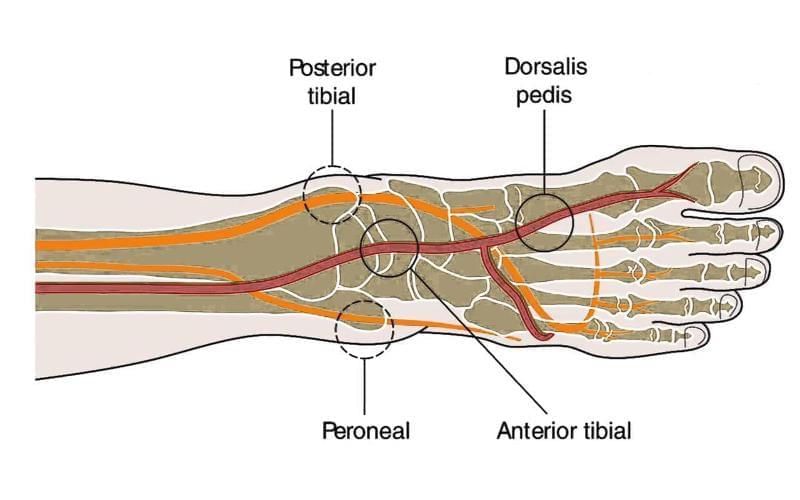
Tarsal Tunnel Syndrome (TTS) and Nerve Damage in the Ankle
When the nerve passing through the ankle is damaged, pain and numbness predominantly occur on the sole of the foot, toes, or top of the foot. As the disease progresses, symptoms can extend from the leg to the knee.
Diagnosis of the Disease
The disease is diagnosed through physical examination and an electromyographic (EMG) test. For more detailed evaluations, imaging techniques such as ankle MRI can be performed. Infections, trauma, or tumors in the foot can cause nerve damage, so a thorough assessment of the affected area is essential.
The most common condition confused with TTS is heel spurs. Many TTS patients undergo long-term treatments for heel spurs without improvement. Only after realizing heel spur treatments are ineffective do they begin considering TTS as a possible diagnosis. Additionally, herniated discs can sometimes produce similar symptoms.
Treatment of TTS
Treatment generally relies on preventive measures. Proper orthopedic shoes and specific exercises for TTS play a significant role in reducing symptoms. In some cases, an injection into the ankle accelerates the healing process, and medications help relieve pain.
If the EMG test shows no nerve conduction and symptoms have become severe enough to affect walking, surgery becomes the last resort. The surgical procedure involves decompressing the nerve by opening the compressed section in the ankle to relieve pressure on the nerve.

